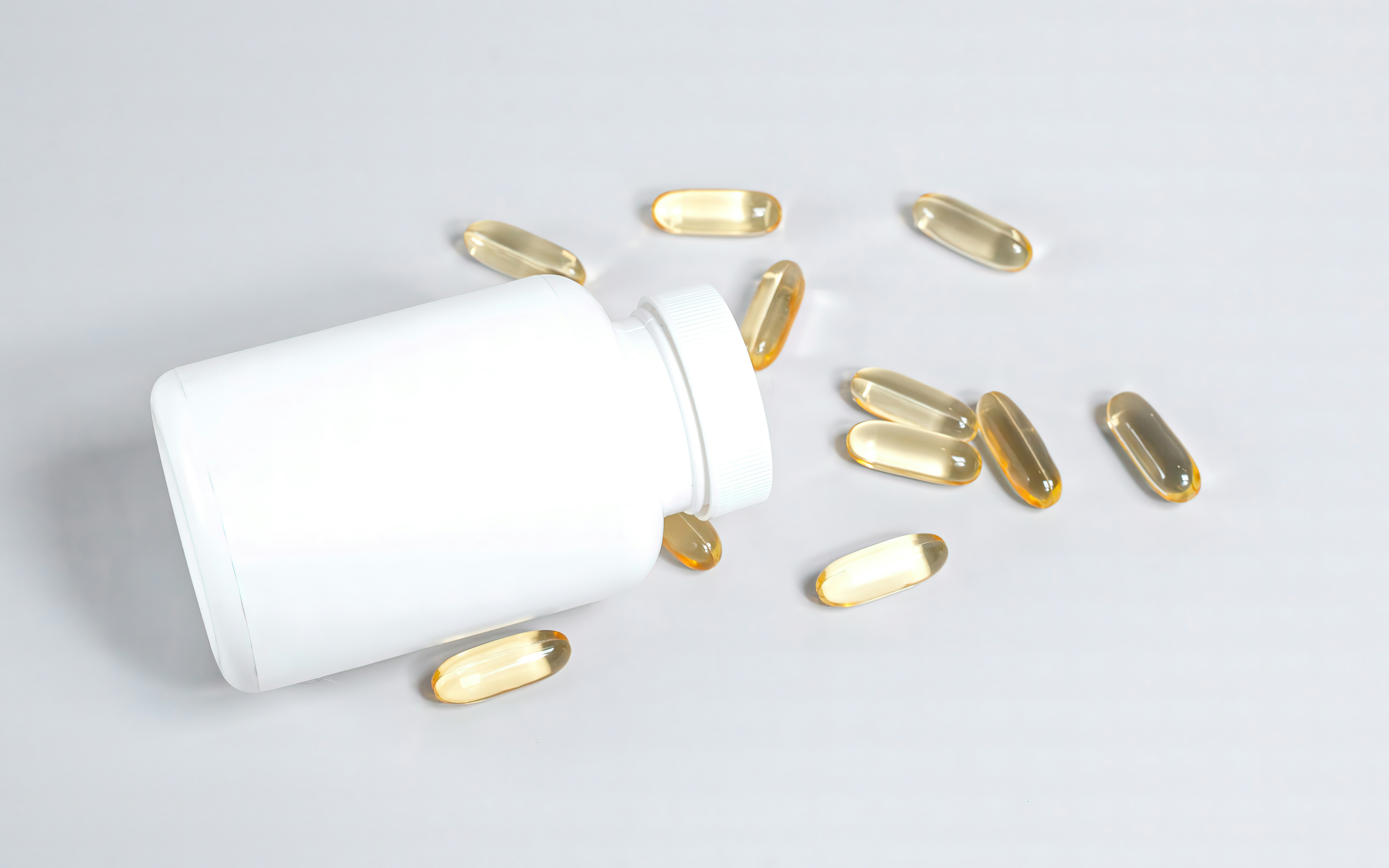Several years ago, I trained for and ran the Boston Marathon. I had qualified a couple times before but the timing worked out to go to the race that particular year. If you’re a runner, you’ll know that you have to run a qualifying time in a previous marathon to run the Boston Marathon. Despite qualifying with an amazing race several months before – well under the qualifying time – my training cycle for Boston had a whole lot of “not recovering optimally” going on.
To start, a close family member passed away a few months before and triggered somewhat of a health crisis. I then began my training build-up late and when I did officially begin training, I had several days of weird, achy muscular soreness and achy joints – far more than would be usual for me as a frequent exerciser. I kept training and those largely went away, so all seemed fine enough. But what I wasn’t paying much attention to was that it began to routinely take me 30+ minutes to “warm up” each day before my running stride felt fluid and natural – a red flag.
Then about four weeks out from race day, I set out to do my highest mileage long run and the whole thing just didn’t feel right: I had weird nerve-like pain in my legs from the beginning and it didn’t get any better as I went. I completed the run. But the next day I set out for a short, easy recovery run and was back at my house within 10 minutes due to a lot of pain. Something was definitely not right.
I spent the entire next month barely running.
Even just sitting around, walking, or going for very short, easy runs were challenging. My whole body from the hips down was achy and painful, and my normal movement pattern was extremely restricted. The really challenging thing was none of this amounted to an injury. I saw body work specialists. Nothing was officially wrong from what they could tell.
All too often, we have wonderful athletic aspirations, and then life—or lifestyle—gets in the way.
We aspire to train for a distance, run a race that calls to us, or set a new PR or age group place. We sign up, put the date in the calendar and start training strategically to reach the goal. As we get deeper into the training cycle and the mileage and workouts begin to add up, the body starts to tell us it’s a little (or a lot) achy, the muscles and joints aren’t recovering as well from day to day, and we’re very fatigued and probably more than a little short-tempered with those that know us best. We don’t quite have injuries, or maybe we do, and we might even shrug off the aches, pains, and accumulating heavy legs and fatigue as ‘goes with the training.’
If you’ve been regularly asking the question, “Why am I not recovering from workouts well?”, or wondering why your entire training block got derailed as mine did, there could be a number of things going on.
First, the biggest two to address are:
1) Are you eating enough? and
2) Are you eating the right ratio of foods and macronutrients for your specific needs?
Those can be answered by working with us to optimize your sports performance.
Additionally and beyond those basics, there are many more tactics we can delve into to address the root cause of your training challenges. Today, we’ll focus on supporting your training with a focus on improving metabolic detoxification. This is a common stop-gap that for many athletes, is a missed opportunity for maximizing recovery for training and your upcoming race goals.
Detox? You mean like a juice cleanse? Or an eat only salad spree?
If you’ve ever rolled your eyes at the idea of a juice cleanse or other “detox diet” (or you’ve maybe even tried one or many) – it’s important to understand that our body should naturally be detoxifying on a constant basis, through the normal metabolic process.
Our bodies naturally process two types of toxins and then ideally—when all the nutrients to support the process are on hand in optimal amounts—quickly and successfully eliminates them.
The first type of toxins are called exotoxins—from chemicals, compounds, hormones, poor quality air from smog or summer wildfires, and the like. The second type are endotoxins—from junky, damaged cellular debris and bacteria. This second type is going to be accumulating in much higher amounts when you’re training hard from day to day and week to week. But the first type can also be impacting workout recovery, depending on your circumstances and living environment.
Through a series of multiple steps, the harmful waste products are metabolized in the liver and then transferred to the intestines, kidneys, lymphatic system and sweat glands to be eliminated.
However, even if you’re an athlete that enjoys working out in the outdoors in a pristine natural environment like a deep forest away from the city, traffic, and pollution, we now live in a society where each of us are bombarded with a vast amount of pervasive toxins, so much so that our metabolic pathways are often unable to break down and eliminate the toxins effectively.
If you live in the Pacific Northwest like me, or generally in the Western United States, there’s a good chance your system has been inundated with toxic compounds in the last decade from long stretches of smoky, toxic air — at the very least.

When we can’t effectively break down and get rid of toxic compounds, they begin to recirculate in the body and build up in fat tissues where they’re stored, leading to symptoms such as fatigue, weakness, generalized aches or soreness, irritability, headaches, and decreased athletic performance, among others.
There are many ways we can combat these symptoms to improve workout recovery and run with less aches, more energy, and a better attitude.
The process of metabolic detoxification is highly individual in that we each have different toxin exposures due to the environment we live in, everyday living products used, stress, and training load. Not only that but our individual genetics can make this natural detoxification process less efficient than ideal. Knowing one’s genetic profile is a variable that can be supported through modifying diet and adding specific nutrients in what’s called nutritional genomics, where we can modify how the body reacts at the cellular level through targeting the nutrients that are in higher demand. At Hopewella, we routinely conduct nutritional genetic testing for clients so we can further support those that might be genetically prone to slower exercise recovery, detoxification issues, and the like.
And finally, there’s proper nutrition, consuming and absorbing the macro and micro nutrients that make detoxification occur more proficiently. This third area is where I’ll focus since it applies to all.
Nutrition, Liver Health and Detoxification
The liver is where the bulk of detoxification occurs. You can think of the liver as your body’s largest filter for all things you don’t want in your system.
There are three main phases of liver detoxification, happening all the time in your body. The best way to support the phases of liver detoxification nutritionally is in reverse order, meaning we start with making sure phase three is occurring before we focus on phase two, followed by phase one. This is what we at Hopewella do when working with you clinically, and it will be highly individualized, depending on what’s going on with you.
But first let’s just overview those phases.
The Detoxification Pathways in a Healthy Liver
Baseline: Toxins are fat soluble. And they are stored in the body in fat tissue.
This is the exact same reason fish that are “high on the food chain” have warnings about consuming too much of them. They are large, fatty fish, and they’ve accumulated all the toxins from all the organisms below them in their fat tissues.
As humans, we are also “high on the food chain” and we can consider ourselves good storage vessels for environmental and internally created toxins, just like tuna and swordfish.
Toxins consumed through food are transported from the intestine to the liver. Environmental toxins that we breathe in, or that are absorbed through our highly permeable skin, or endotoxins from normal cellular turnover, as well as those that turn over more rapidly from those high mileage or hard training weeks, also end up in the liver (our body’s big filter).
Phase One: In the liver, most toxins are neutralized from fat-soluble to less harmful substances using several nutrients and through a few complex metabolic reactions.
This process produces free radicals which are quenched by micronutrients serving as antioxidants—in an ideal scenario anyway!
We can often think of antioxidants coming from all the vibrant plant foods, so eating the rainbow of diverse, colorful, and seasonal fruits, vegetables, nuts, seeds, and whole grains can be a good way to initiate the anti-inflammatory process.
Phase Two: The remainder of the un-neutralized toxins move into phase two of detoxification, which transforms them into water-soluble compounds.
This is also occurring in the liver.
Phase Three: Waste products that are now water soluble are transported to various organs to be excreted in the urine, feces, or sweat.
There’s a BIG TAKEAWAY HERE: If you’re not consistently having complete bowel movements- meaning having at least one complete bowel movement each day, sweating multiple times per week (hello having a big help here being an athlete!), and urinating regularly, all those ready to be excreted toxins will just be re-circulated back into the body, and add further fuel to the toxin’s inflammatory fire.
All together, the way we support metabolic waste removal nutritionally, and thus the natural detoxification process, can directly influence improved health and athletic performance.
But back to my Boston Marathon experience:
Despite barely being able to run for the last month before the race, I still showed up in Boston on Marathon Monday. I had to let go of my outcome goals and just see what would happen over the next 26.2 miles. In the end, I was able to finish the race, but my time was much slower than I was capable of. And my stride still wasn’t right. I was still achy and “off” throughout. The next few days, as we walked around Boston and enjoyed the trip, I had sharp nerve-like pains with every step I took, which gradually went away after several weeks – and still there was no injury to be diagnosed.
In the weeks that followed, I finally convinced my doctor at the time to run a complete micronutrients panel. This lab test includes the cellular nutrient levels for all micronutrients (a test we now offer to you as a client). What did it tell me? I was majorly depleted in the vast majority of nutrients that support optimal cellular detoxification and workout recovery. I may have been eating an optimal diet for those months leading up to the race, but I wasn’t absorbing any of the nutrients from those healthy foods.
This is also why optimal health isn’t all about eating an optimal diet.
Optimal health comes when you’re able to digest and absorb the nutrients from an optimal diet.
Schedule a Time to Speak with Us
If you’re fatigued, achy, have joint pain, or frequent injuries, headaches, etc., your body is very likely not detoxifying well. Even–and especially if–you’ve chalked it up to “just goes with the training. If you’d like to learn more and get assistance from a professional, we’d love to speak with you in a quick phone conversation!





